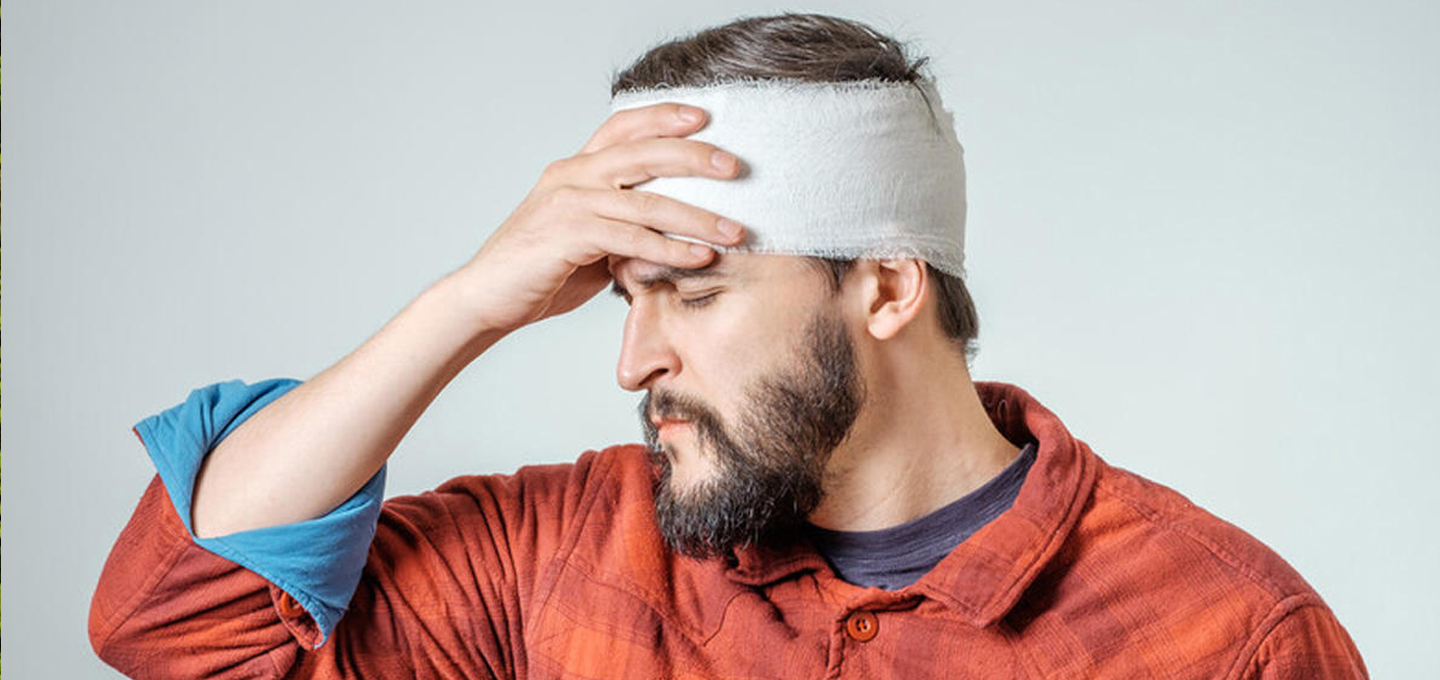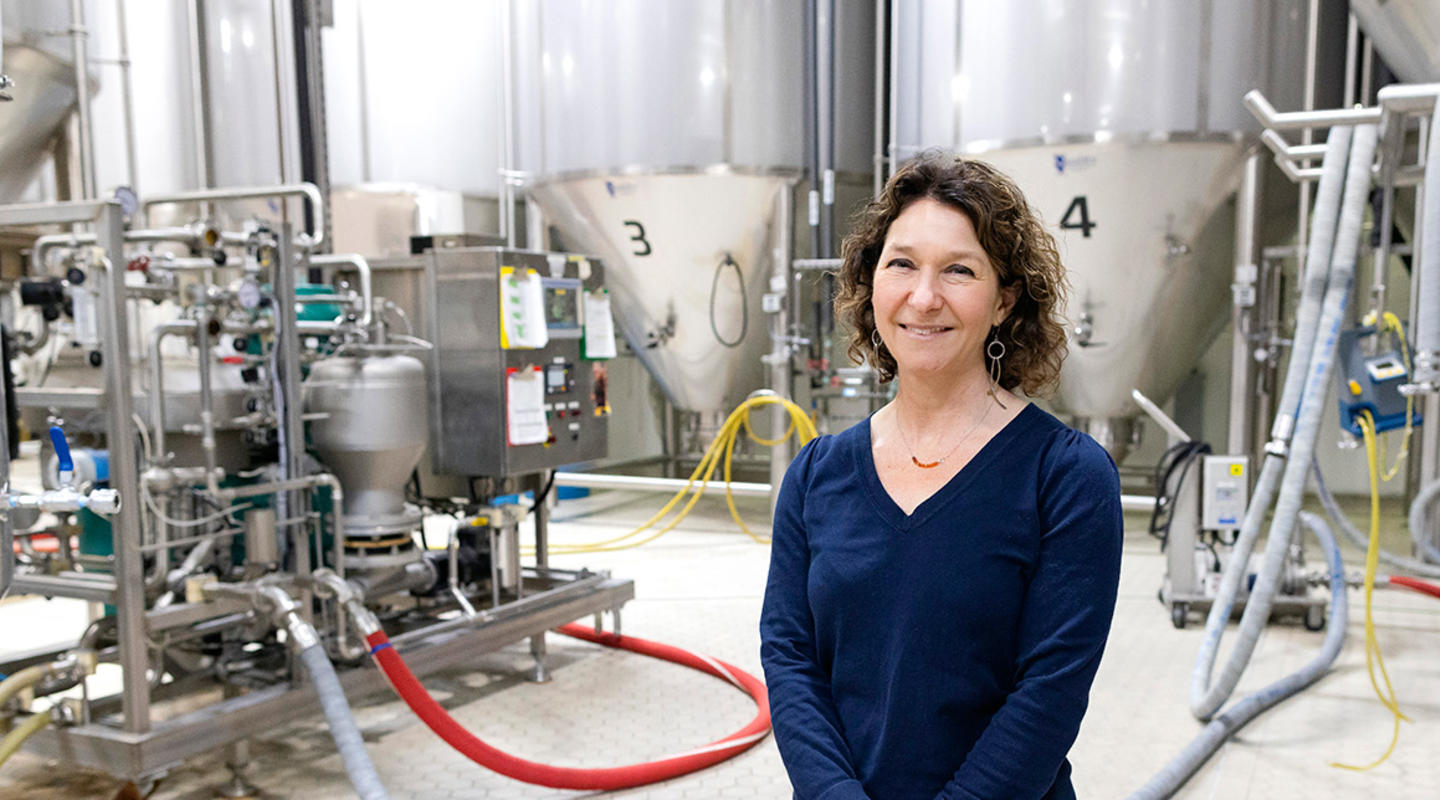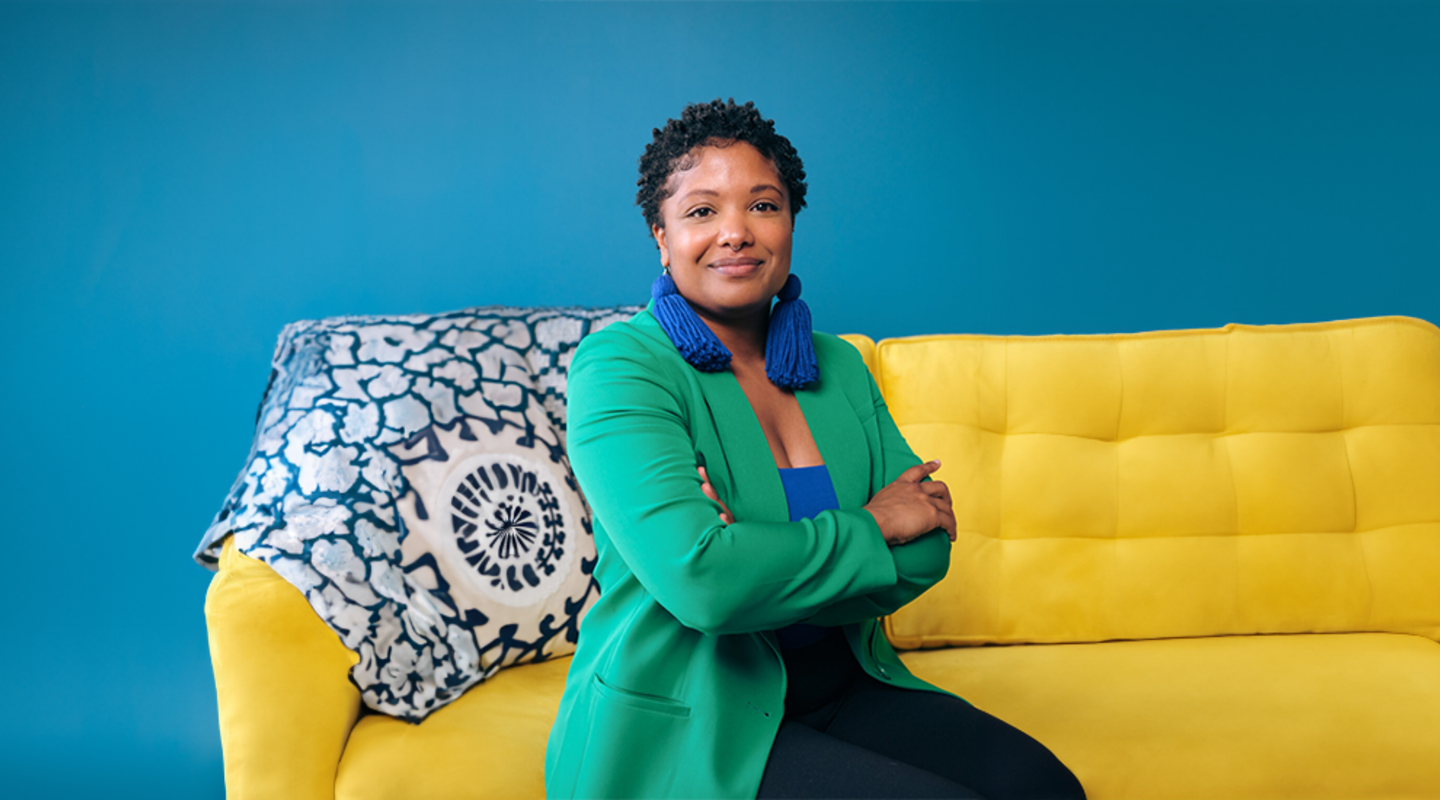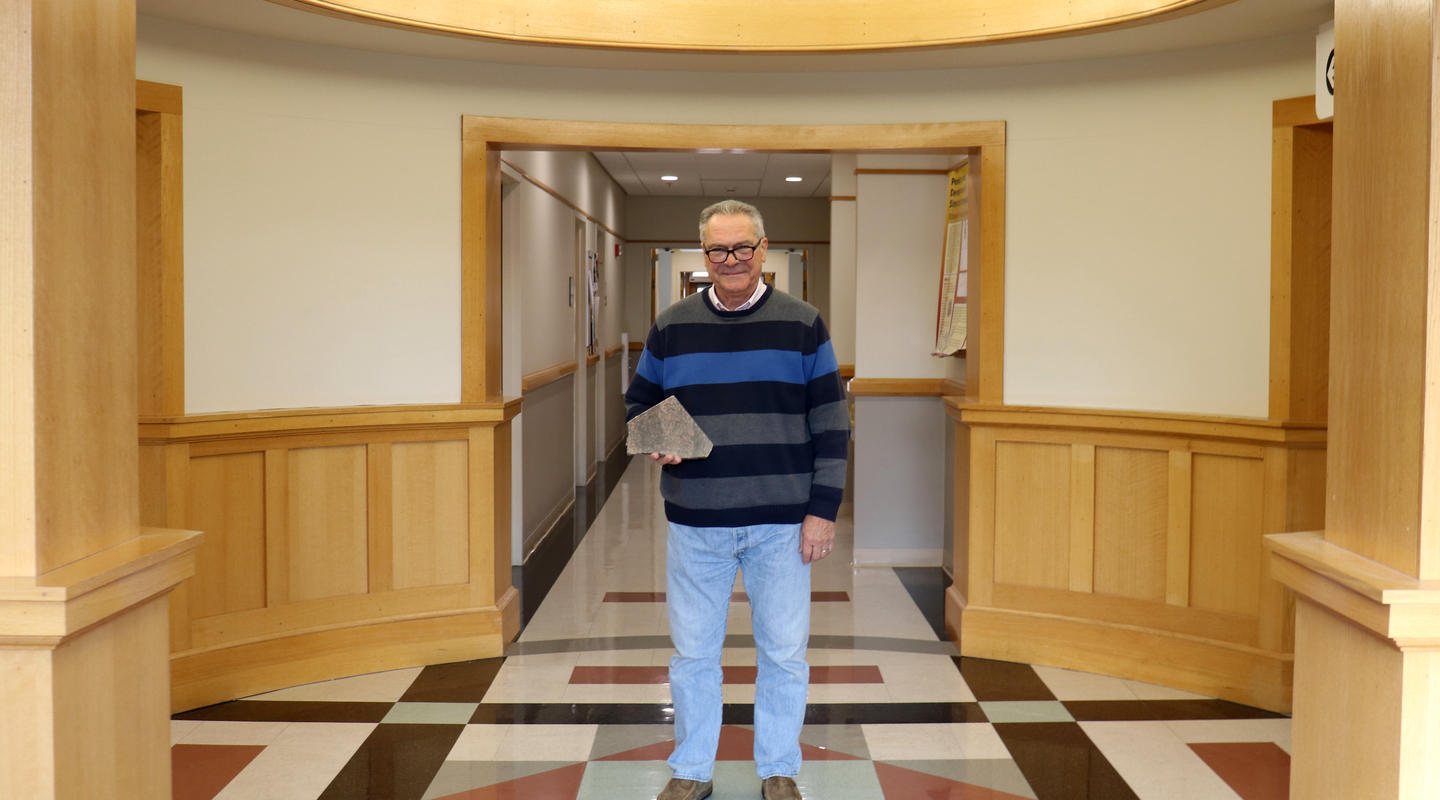
Neurotrauma researcher and neurosurgeon Uzma Samadani has been studying and treating brain injuries for the past 20 years. The associate professor in the University of Minnesota Rochester’s Department of Bioinformatics and Computational Biology and member of the U of M’s Graduate Program in Neuroscience team considers them “quite possibly the single greatest contributor to impaired mental health in our society.” Brain injuries are also a leading cause of death among people ages 35 and younger in the United States.
“There is a documented increased risk for suicide following brain injury,” Samadani says. “That’s why interventions to help people recover from head trauma are so urgent.” The problem, she explains, is that more than 80 percent of those who suffer traumatic brain injuries don’t seek help. Instead, many get trapped in a downward spiral.
J. Aron Allen, a devoted husband and father, attorney, accomplished athlete, and youth coach, suffered a head injury in 2017 on top of numerous sports-related head traumas over his lifetime. He died by suicide in 2018 at age 49.
After his death, Allen’s family and friends established the J. Aron Allen Legacy Foundation to raise money for neurotrauma research and educate others about traumatic brain injuries. Samadani recently received an $80,000 gift from the foundation to support her work.
Support Brain Injury Research at UMR
Help further Uzma Samadani’s work on brain injury and neurotrauma.
It starts with a diagnosis
Samadani says in order to treat traumatic brain injuries effectively, doctors first need an objective means of diagnosing and measuring neurotrauma—a tougher challenge than, say, diagnosing and measuring heart disease or kidney failure. Often, factors such as intoxication, medications, and other injuries or illnesses stand in the way of a precise diagnosis.
“The brain is a much more complex organ with control of many different processes that have diverse function in ‘normal’ people, so it’s much harder to effectively measure damage,” she says.
Samadani and her team are building a classification scheme that is less likely to be influenced by such factors.
They’re focusing on three means of measuring neurotrauma:
- serum biomarkers, or blood tests, to determine which cell types have been damaged
- eye tracking, or measuring eye movement (known to be affected by brain injury), which can help identify specific areas of damage
- brain scans (CT and MRI) to detect structural damage
Thus far, the team has received FDA approval for their eye-tracking test, which is now in use at multiple universities across the country.
“We want people who have had a brain injury to have a precise diagnosis so they can be treated with targeted therapeutics that will help them improve,” she says.


